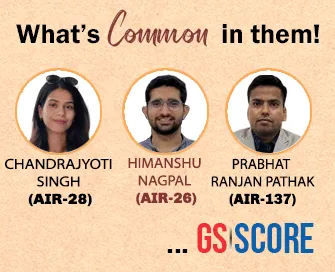

9th May 2023 (6 Topics)
Editorials
Context:
There is much significance to India having hosted a two-day global Buddhist summit in New Delhi (April 20-21). The summit was a significant opportunity for India to project and connect with the Buddhist population around the world, thereby strengthening the country’s soft power.
India’s efforts so far
- Buddhist tourist circuit: The Indian government has been actively investing in its Buddhist diplomacy efforts, with a focus on promoting tourism through the development of the “Buddhist tourist circuit”.
- Personal Visits: PM Modi has made it a point to visit Buddhist sites during his Southeast and East Asian visits.
- Statements: Against the backdrop of the Russia-Ukraine crisis, Mr. Modi said, “India has not given ‘ Yuddha’ to the world but ‘Buddha’.” This resonates with his earlier statement of his telling the Russian President, Vladimir Putin, that ‘this is not the era of war’.
Guiding Principle
- Sanskriti Evam Sabhyata:The current government’s guiding principles for foreign policy, Panchamrit principles include “ Sanskriti Evam Sabhyata” which means cultural and civilizational links, which were highlighted during the Delhi summit.
- Committed to Peace: Through such efforts, India hopes to reinforce its image as a responsible global power committed to peaceful cooperation and regional stability.
- Greater cooperation: By laying an emphasis on cultural and civilisational ties, India seeks to promote greater understanding and cooperation between nations and to demonstrate the unique role it can play in shaping the region’s future.




